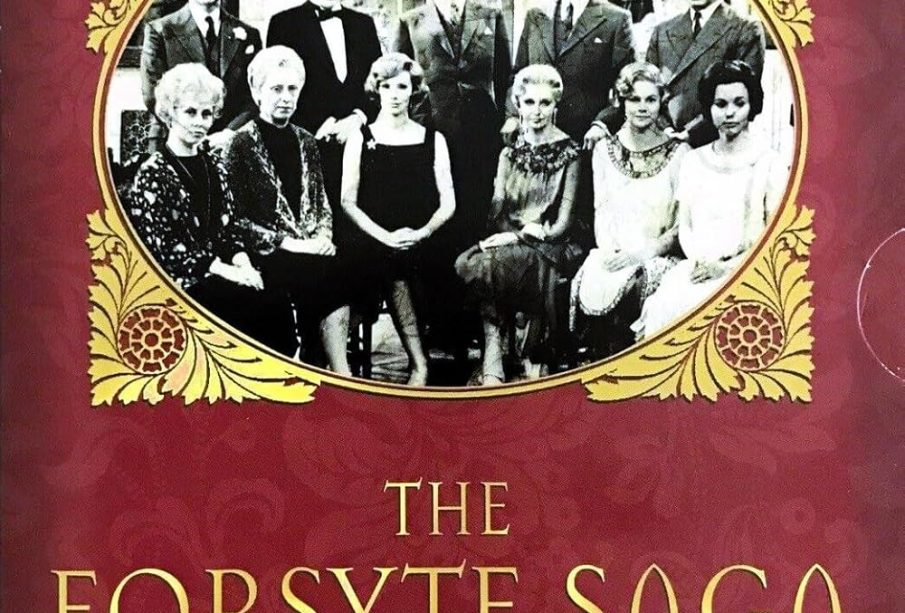Exploring ‘The Forsytes’: A Literary and Cultural Insight

Introduction
‘The Forsytes’ is a prominent family in British literature, created by author John Galsworthy. Their story is fundamental to understanding early 20th-century society and the complexities of class, economics, and familial relationships. With the Forsyte Saga beginning publication in 1906, the narrative not only highlights the life and values of the English bourgeoisie but also serves as a critique of a rapidly changing world.
The Forsyte Family
The Forsyte Saga primarily chronicles three generations of the Forsyte family, centering on key characters such as Soames Forsyte, an ambitious and materialistic property developer, and his cousin Fleur, who grapples with love and societal expectations. The narrative intricately weaves through the lives of these characters, revealing how their interpersonal struggles mirror the broader socio-economic transformations in Edwardian England.
Significant Themes
One major theme of ‘The Forsyte Saga’ is the conflict between tradition and change. Galsworthy explores the tension between the staunch values held by the older Forsytes and the burgeoning modernity represented by younger characters. Economic status and property ownership emerge as pivotal elements within the family’s psyche, reflecting the societal values of the time. The saga addresses issues such as marriage, infidelity, and the role of women in a male-dominated society, which resonate deeply with contemporary audiences.
Adaptations and Cultural Impact
The importance of ‘The Forsytes’ extends beyond the written word, as it has been adapted into various television series and films, most notably the BBC’s 1967 and 2002 versions. These adaptations have brought renewed interest to Galsworthy’s work, making the complex dynamics of the Forsyte family accessible to new generations. The depiction of their lives continues to foster discussions about class and familial obligation, themes still relevant in today’s society.
Conclusion
In conclusion, ‘The Forsytes’ represents more than just a fictional family; it embodies the societal changes of its time and prompts readers to reflect on the ongoing struggle between tradition and modernity. As we face our evolving social landscape, Galsworthy’s insights remain significant, inviting us to consider how much has changed and how much still resonates today. In an age of ever-shifting values, the legacy of the Forsyte family continues to illuminate the complexities of human relationships.









